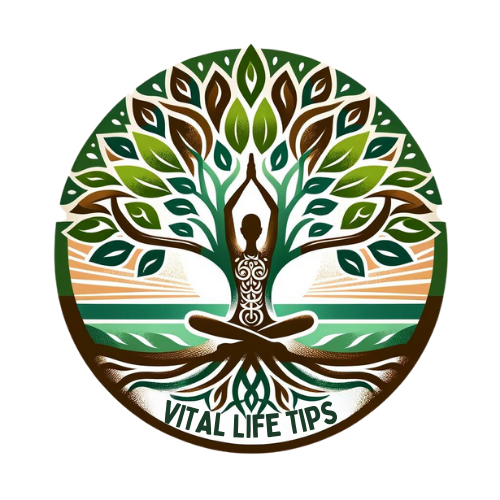Learning to read is a journey that starts long before kindergarten. As parents, we all want to give our children the best head start, but knowing where to begin can be challenging, especially with young toddlers. The good news? Teaching toddlers to read doesn’t require hours of complicated lessons or endless flashcards. In fact, by using phonics in fun and simple ways, you can help your toddler build the foundational skills they need to start reading. Here’s how.
Contents
1. Use Phonics Games to Teach Letter Sounds
Phonics is the method of teaching reading by focusing on the sounds that letters and combinations of letters make. For toddlers, phonics games offer a fun, engaging way to start associating these sounds with written letters. Introducing letter sounds instead of just letter names is a powerful way to help your child recognize patterns in words as they begin to read.
Try This Activity: Letter Sound Scavenger Hunt Set up a “letter sound scavenger hunt” around the house. Start by picking a sound, like “S” for snake. Together, search for items around the house that start with that sound, such as “sock,” “soap,” or “shoe.” This type of game not only introduces your child to phonics but also makes reading feel like an adventure, not a chore.
By making letter sounds a part of playtime, you’re helping your child become familiar with the building blocks of language in an enjoyable and memorable way.
2. Read Aloud with Active Engagement
Reading aloud is one of the most effective ways to introduce toddlers to language. Studies show that children who are read to regularly are more likely to pick up reading skills earlier. But it’s not just about reading words on a page; it’s about creating an interactive experience.
How to Read Aloud for Maximum Engagement:
- Use expressive voices for different characters.
- Point to each word as you read, helping your child see the connection between spoken and written language.
- Ask simple questions as you go, such as “Can you find the letter ‘B’ on this page?” or “What do you think will happen next?”
Even if your toddler doesn’t fully understand everything yet, actively involving them in the story will spark curiosity and boost their comprehension skills.
3. Build a Daily Reading Routine
Consistency is key when it comes to teaching reading. A short, daily reading session can make a world of difference, even if it’s just 10 to 15 minutes. By establishing a routine, your child will come to expect and look forward to this special time with you, making reading a natural part of their day.
Tips for Creating a Reading Routine:
- Choose a cozy, quiet spot and make it your dedicated “reading corner.”
- Let your child pick out a few books they enjoy to keep them engaged.
- Stick to the same time each day, such as right before bed or after breakfast.
If you keep it simple and fun, your toddler will naturally start associating reading with a positive experience, giving them a solid foundation for learning.
4. Try Phonics Songs and Videos
Children often learn best through rhythm, melody, and repetition. Phonics songs and videos are fantastic tools to reinforce letter sounds. By hearing and singing along with phonics songs, your toddler can start recognizing sounds and words in an effortless way. You might be surprised at how quickly they pick up sounds through song and repetition.
Examples of Phonics Songs to Try:
- “The ABC Phonics Song,” which goes beyond the alphabet by attaching sounds to each letter.
- “Phonics Songs for Kids” playlists on streaming platforms, designed to reinforce specific sounds with catchy tunes.
Videos can also be helpful, but it’s best to keep screen time short and follow up with hands-on activities to reinforce what they’ve learned.
5. Encourage Independent Exploration of Books
Creating a love for books starts with letting your child explore them independently. At this stage, your toddler might not be able to read, but their interest in books can grow simply by looking at pictures, flipping pages, and playing with books. Setting up a small reading nook can help them build a positive relationship with books from an early age.
Ideas for Setting Up a Toddler-Friendly Book Nook:
- Choose books with bright, colorful pictures and sturdy pages that are easy for little hands to hold.
- Set up a small shelf or basket within their reach so they can choose books themselves.
- Include soft seating, like a small chair or pillow, to make reading time inviting.
If your child enjoys looking through books on their own, they’re developing an early sense of autonomy and interest in reading. Encourage them by reading the books together regularly.
Helping Your Child Take the Next Step
Teaching toddlers to read is all about small, consistent steps. Phonics games, reading routines, and active engagement can go a long way toward building early reading skills without pressure. Each of these activities serves as an essential stepping stone on the path to independent reading, building phonics knowledge, comprehension, and a love for books.
For those looking to dive deeper into early reading techniques, consider exploring additional structured methods that guide parents on teaching reading at home. Many parents have found success with programs that combine phonics with fun activities designed specifically for young children. Learn more about one such step-by-step approach here, and help your child start building their reading skills today.
Also Read: If you’re curious about how to track your child’s reading milestones, check out our guide on Essential Early Reading Milestones for Toddlers.
By starting early with these playful and effective strategies, you’re giving your child an invaluable skill set they’ll use for the rest of their lives. Happy reading!





